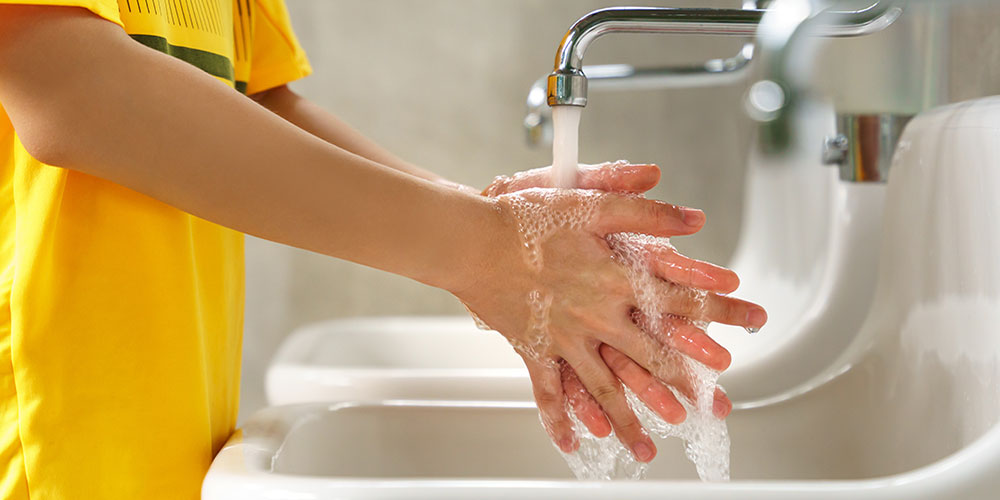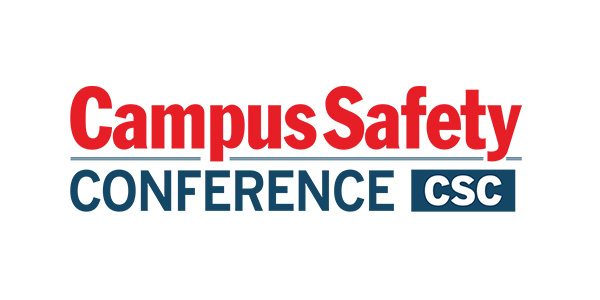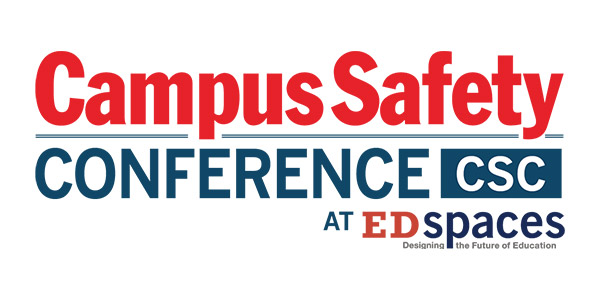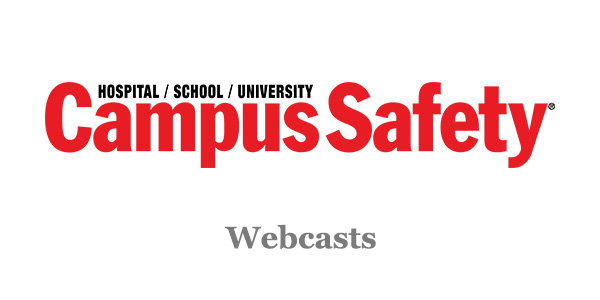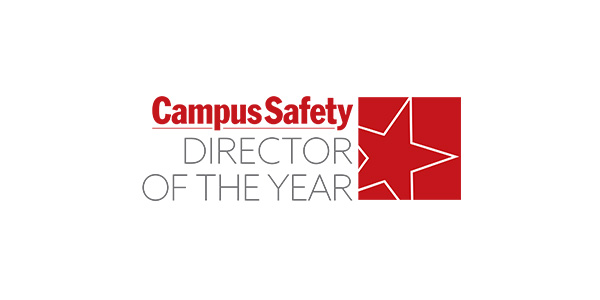Note: The views expressed by guest bloggers and contributors are those of the authors and do not necessarily represent the views of, and should not be attributed to, Campus Safety.
A looming threat of a “tripledemic” for this respiratory virus season remains a major concern for schools and universities across the country. Recent wastewater readings suggest that COVID continues to be a major problem. Despite the availability of new vaccines, the back-to-school season provides the perfect opportunity for transmissible illnesses to fester, taking students and faculty out of class and preventing educational growth.
Fall travel back and forth from home and sustained proximity in closed, poorly ventilated spaces like buses, classrooms, elevators, and bathrooms, can vastly increase the likelihood of viral transmission. Students at any school will come in contact with new pathogens. The “Freshman Flu,” a term covering a variety of symptoms from the common cold to the actual flu experienced by students during the fall semester, can be exacerbated by a weakened immune system through poor diet, lack of sleep, and elevated stress, making them more susceptible to infection.
While the potential for illness is higher during the fall, there are ways that schools and universities can mitigate transmission. Offering readily available seasonal vaccines, promoting the latest hygiene best practices, and instituting a robust cleaning routine can help fight against transmissible illness. Sanitation compliance apps, improved heating, ventilation, and air-conditioning (HVAC) systems, technology that monitors and disinfects certain areas, UV lights, and more can all be instrumental tools for a variety of campus buildings.
Although school and university officials face difficult choices when it comes to allocating money and limited resources, the last three years have highlighted the need for institutions to remain vigilant in the face of highly contagious pathogens.
Standardize Hygiene Protocol
Since the beginning of the pandemic, learning institutions have had to completely restructure their cleaning protocols and implement new emergency standards to ensure proper indoor safety. As the immediate need for PPE against transmission has lowered, staff have had to once again revisit these protocols to determine the best standard operating procedures given their resources.
It is important to maintain awareness of the leading best practices available to combat transmissible illnesses and airborne pathogens. Forgoing updated CDC recommendations, or failing to routinely evaluate evolving technologies, can lead to increased transmission and absences across the board. Determine which cleaning routines and protocols have been most effective over the past several years, identify potential risks or blind spots, and provide an in-depth review of the current protocols for the entire facility.
Determine High-Risk, Top-Priority Areas
There is no greater need for instituting a thorough cleaning regimen than in the first few months of the school year. By instituting a culture of cleanliness, an institution can minimize the risk of contracting or spreading dangerous pathogens.
During the first few weeks, school officials should run thorough inspections to identify areas of high traffic, and notate all areas of potential irritants like mold, dust, airborne contaminants, and pathogens before habits get solidified. Complete an in-depth audit detailing the equipment available to clean high-touch areas such as door handles, railings, bathrooms, elevator buttons, school vehicles, common areas, and more.
Schools and universities can also utilize no-touch decontamination (NTD) technologies, minimizing human interaction and cross-contamination. Many automated systems make it easy for any employee or janitorial staff to run routine decontamination sessions without intensive training. It is important to remember that an NTD system is not meant to replace proper hygiene or cleaning practices — rather it is another layer of added protection.
While it is important to identify high-touch areas, illnesses are not just transmitted through cross-contamination via hard surfaces and floors. Students, faculty, and staff are often exposed through sneezing, coughing, and the constant influx of visitors. Pathogens can also be distributed through HVAC systems. It’s essential to implement proper air filtration systems, such as HEPA filters, for clean airflow.
Put Protocol into Practice
After determining best practices for health and safety, management should set time aside to review any updated guidelines and expectations with their faculty and staff. Make sure all bathrooms are complete with proper signage for personal hygiene. Ensure that hand sanitizer is available near high-traffic areas and instruct students on best practices for protecting themselves from nearby coughs and sneezes. Recognize outstanding students and faculty who take the time to ensure a safe and healthy space for their school.
The COVID-19 pandemic has highlighted an important correlation between a company’s efforts to provide a safe working environment and its ability to recruit and retain quality talent. By prioritizing public health initiatives and ensuring proper hygiene, schools can reduce sick days and maintain a healthier, happier student population.
Ronald D. Brown, MD, founded AeroClave, a leading distributor in decontamination systems, in response to the 2003 SARS epidemic. He has decades of experience in emergency medicine, acting as the EMS Medical Director for the Seminole County Department of Public Safety from 1985–2000.

